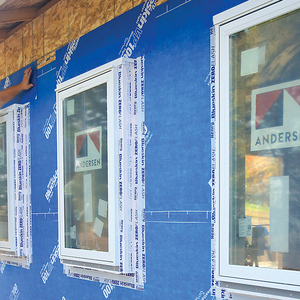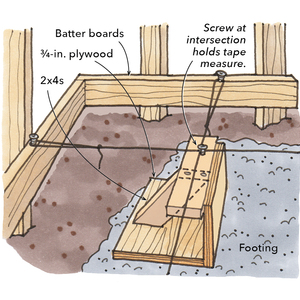I need advice please on the location of a vapor barrier (s). From outside to inside this is the construction: 4″ brick, 3/4″ air gap, 4″ concrete block, 4″ stud wall with some sort of insulation, drywall, kitchen. Live in Cincinnati, Ohio. What and where are the types and locations of vapor barrier(s) ? What type of insulation is recommended? Thanks ever so much for any expert advice. Gary
Discussion Forum
Discussion Forum
Up Next
Video Shorts
Featured Story

The crew talks about work start times, fire-resistant construction, fixer-uppers, building Larsen trusses, and AI for construction.
Featured Video
Builder’s Advocate: An Interview With ViewrailHighlights
Fine Homebuilding Magazine
- Home Group
- Antique Trader
- Arts & Crafts Homes
- Bank Note Reporter
- Cabin Life
- Cuisine at Home
- Fine Gardening
- Fine Woodworking
- Green Building Advisor
- Garden Gate
- Horticulture
- Keep Craft Alive
- Log Home Living
- Military Trader/Vehicles
- Numismatic News
- Numismaster
- Old Cars Weekly
- Old House Journal
- Period Homes
- Popular Woodworking
- Script
- ShopNotes
- Sports Collectors Digest
- Threads
- Timber Home Living
- Traditional Building
- Woodsmith
- World Coin News
- Writer's Digest


















Replies
https://insulationinstitute.org/im-a-building-or-facility-professional/commercial/installation-guidance/managing-moisture-in-commercial-construction/vapor-retarders/
You are far enough south that a hard vapor barrier on the inside could lead to moisture problems, when warm, humid air from the outside (and moisture that has penetrated the masonry walls) condenses during the cooling season and cannot escape.
If you are opening up to the studs, rock wool is a good choice.
Thanks for the advice. I am building the new stud wall against the exposed concrete block so I have an opportunity to provide any vapor barrier and insulation that is needed. I was considering applying a painted sealant on the block wall. Is your advice NOT to have a vapor barrier? Thanks so much.
https://www.com.ohio.gov/documents/bbst_ResidentialCodeofOhioEffectiveJuly1,2019.pdf
Good advice is to contact your local building codes office and find out what they advise and will require.
I would be inclined to go with a good latex exterior paint on the inside of the block, on a latex primer. special care to make sure the block wall is sound, repairing any cracks and sealing penetrations. Purpose is mostly for air sealing, while not being a too-tight vapor barrier.
If you find moisture evidence, take time to remedy the intrusion source.
Since you have it open, a great time to make sure the rim joists for the floor is sealed and insulated as well. Same for the second floor.
You live in a climate where the vapor drive is reversible. In summer, it's likely inward. In the winter, it's likely outward. I'd consider either a smart vapor retarder on the inside (https://www.finehomebuilding.com/project-guides/insulation/smart-vapor-retarders-for-walls-and-roofs), or I'd treat the assembly like a basement wall (https://www.finehomebuilding.com/2005/03/01/the-no-mold-finished-basement).